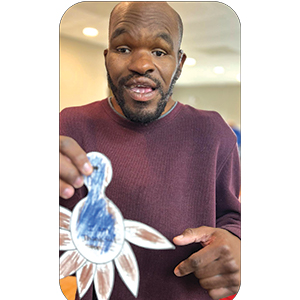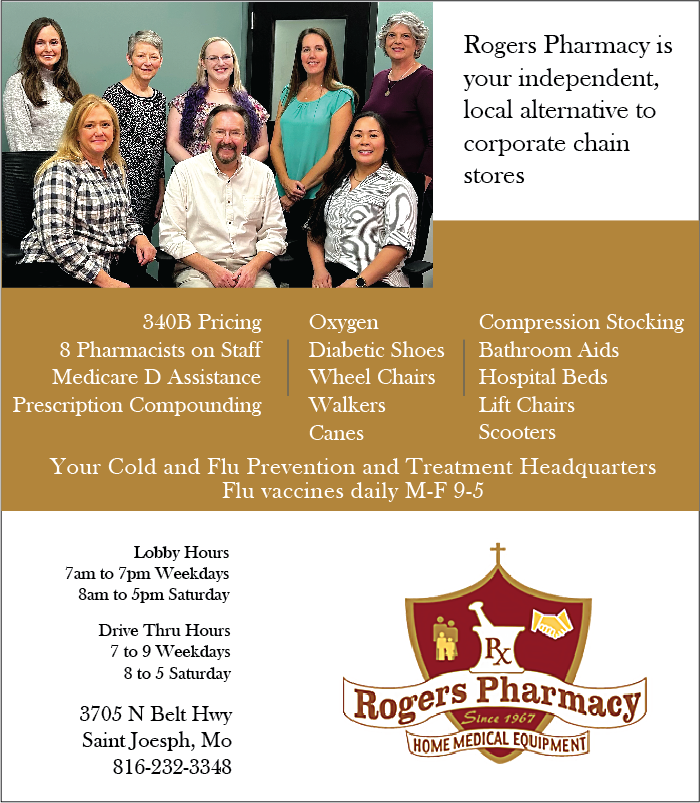How the Milk is Made with Barbara Shatto
by Shannon Bond
The farm where Shatto sits today, just south of Cameron, Mo., has been operating for more than 100 years, 80 of which have been as a dairy farm. Barbara Shatto’s grandparents, Minnie and George Winstead, bought the spread in the late 1800s. Then they had kids who had kids, one of which was Barabara. In 2003, Barbara and her husband Leroy transformed the farm into Shatto.
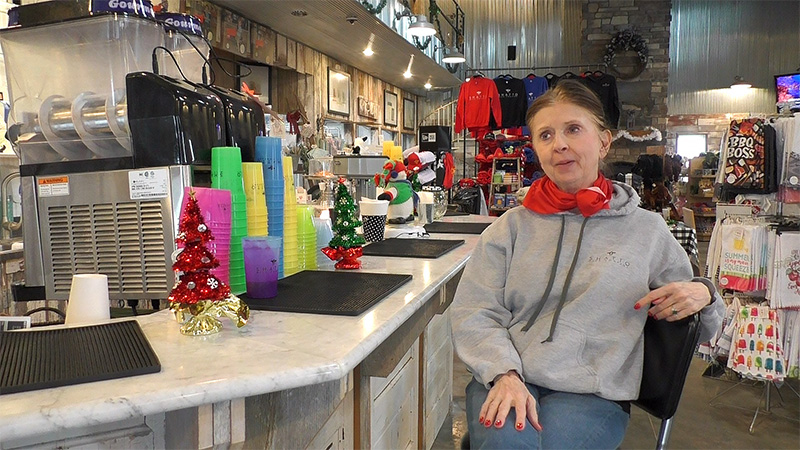
“I grew up here, went away to college, and was going to be a nurse… I wasn’t going to live on the farm; that’s what I told my dad. It was too much hard work. Well, here I am. I married Leroy, and so we lived on the farm, but I worked at the V.A. in Kansas City,” Barabara says.
How it All Began
The idea for Shatto took shape in the late 1990s when they were selling milk to the big cooperative milk marketing associations. “You know, what we were getting for our milk, I think, was $11 per 100, which is extremely low. My parents were getting that amount of money for milk maybe fifteen years prior to that, maybe more. You couldn’t sustain a family farm and feed the cows.” Selling to the big coops was how it had been done since the inception of their dairy farm, and the model is still used by many farms today. But for Barbara and Leroy, the model wasn’t working. And since they couldn’t imagine selling the family farm, they had to find another way to survive.
After a few years of planning, in 2003, they started delivering milk to local retailers. With just under 10 retailers, it wasn’t the big operation it is today, and at first, it was hard to convince grocery stores that using glass bottles was a good idea. Would customers really bring them back, and what would pick-up look like? But working with Hy-Vee in Liberty and Cosentino’s Price Chopper, they were able to get off the ground. An advertisement in the electric company’s mailer and word of mouth was their only marketing. But as it turned out, that’s all they needed because the cars were lined up on opening day, and demand in the stores was overwhelming. Fulfilling that demand for the first few years was stressful, but it paid off, and milk in glass bottles became the thing to have in the Kansas City metro area.
“It was definitely a mad dash. We had to figure out where we could actually deliver and, you know, how much product. How much milk did we need to go out to these different stores and grocers who needed or wanted our milk?” They also had to find ways of getting more milk, which meant more cows, more space to care for them, and more feed. “The first year was crazy, probably even to the third to fifth year; we really grew a lot. We were predominantly in the Kansas City area, kind of the north-central part of Kansas City, and then we expanded much farther.” Milk in glass was a hit, Barbara explains, because it tastes better without any kind of plastic aftertaste and looks fantastic sitting on the table. It’s also environmentally friendly since they collect and reuse the glass bottles.
Flavors and the Country Store Experience
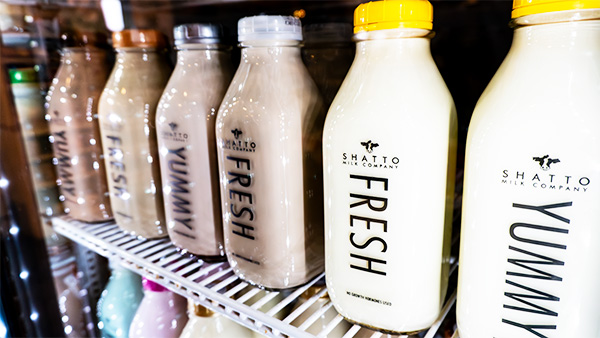
At first, Shatto started with a few flavors. Chocolate was a given. Barbara explains that Leroy loves chocolate milk and was focused on making milk more of an experience for people. Their milk had to be something other than bland plastic bottles and the same dull flavors. Shatto’s chocolate has been perfected through years of trial, error, and experimentation. Shatto offered regular, strawberry, and chocolate milk in those first few years, but as they’ve grown, so has their adventurous spirit. Now, customers can find root beer, cotton candy, banana, and other flavors. The banana, she says, was the idea of a little boy on one of their farm tours. They loved the idea, and it became a regular flavor with real bananas in every batch.
On the farm, the tanks and equipment are changed daily to produce the type of milk they need, and Shatto’s fleet of trucks hits the road to deliver to stores and homes. Through the years, times and trends have changed, Barbara explains, and Shatto adapts. Skim was the most popular milk twenty years ago, but now, it’s whole. Along with the milk flavors, the products have expanded, too. Now, Shatto makes cheeses, ice cream, butter, and more. While customers can find these products in hundreds of stores in the region or sign up for home delivery, walking into the farm store at Shatto is a unique experience.
“I always cared about this country store and building it as part of the dairy,” Barbara says, even as she worked at the V.A. as a nurse. During that time, before 2003, Leroy ran the farm, and she helped out after work and on weekends. “I was home every night and on weekends, so of course, I would help on the farm. That’s how I grew up.” And her full-time income helped keep the cows fed. But by 2005, Shatto was profitable, and in 2015, Barbara hung up her scrubs for good, trading them for a full-time life on the farm. “It was the best of both worlds. I had a fabulous job at the V.A. and took care of veterans for about 40 years. I retired from there, but I’m not really retired. I’m not ready to retire. There are lots of things still to do here.” Like, she says, offering home delivery, making cheese, and expanding their agri-tourism operation.
Cheese Cave and Home Delivery
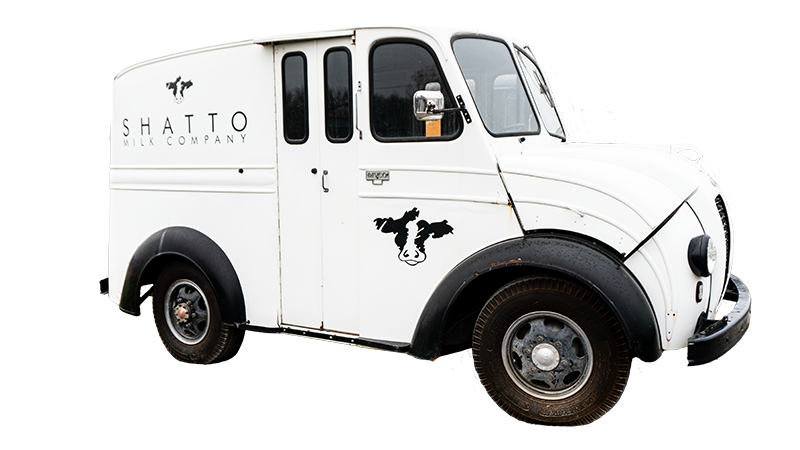
“Miraculously, we opened home delivery just a year before COVID. It was always my dream to have the ability to go to people’s homes and take your farm fresh milk and dairy products just like it used to be,” she says. The service exploded during the COVID pandemic, and their son, Matthew, who started their home delivery, has taken opportunities to expand over the last several years. Today, they offer many local products, including prepared meals, merchandise, and the “Weekly Staples Bundle,” with eggs, bread, bacon, and milk. They even delivered Christmas trees one year, she says with a chuckle. “How fun is that?”
Another product offered on their home delivery site is Shatto cheese curds (evidence of their expanding operation). “We do cheese curds now, we do aged cheeses, we have a big new cave that is temperature and humidity controlled, so we’re able to age our cheeses underground like they do in Europe.” The cave is located just behind the bottling plant and has been an exciting way to expand their agricultural production. “We’re actually going to open it up as part of our tour in probably 2024. I just need a nice sidewalk back there and some other things so people can easily go down and take a peek.”
Jasper Mirabile, the well-known K.C. food personality, is a regular visitor to Shatto and offered insight from his overseas travels as they designed the cave. “It’s just how they do it in Ireland, so it’s fun. We also name our cheeses based on the land where our cows graze, like they do in Ireland.” Some examples of aged Shatto cheese names are Wexford, a town just five or six miles from the farm, and Smithfork, named for their community church, Smith-Fork, just a few miles away. “It’s just fun, and we’re truly the farmers here in the community using the commodities that we have.”
People, Passion, and Cows
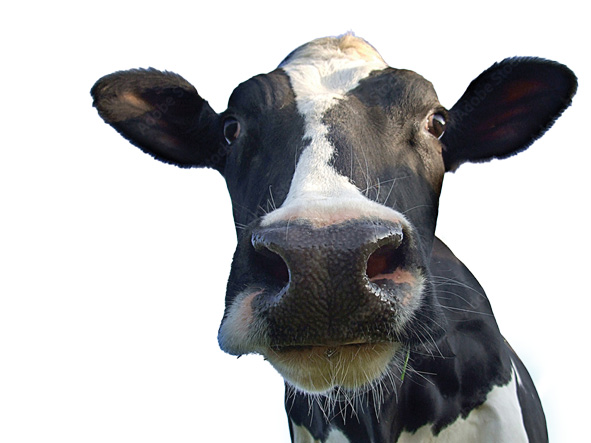
Barbara smiles each time she talks about the cows. Shatto has about 500 at any given time. She explains that the most significant expense is taking care of and feeding them. But they do it well, and according to their website, they do not treat their cows with rBST or rBGH hormones and always use milk from their own farm (not the cows across the hill). One benefit of this model is that fresh milk can hit the store shelves in under 24 hours of being produced. For their herd, they buy cows when needed but focus on breeding in-house. She says they used to keep bulls to breed, but now they use artificial insemination, which is safer. And at Shatto, the cows get three months of maternity leave, which is more time off than many humans get in the U.S. As far as caring for them, finding labor is a challenge, she says, especially after COVID. To cope with the challenge, as they continue to expand, some automation may be on the horizon.
Expansion includes offering products such as breaded cheese curds and education in the form of agri-tourism. “We get people that come out from the city that have no idea where their milk comes from,” Barbara says, so they have an opportunity in the education space to expose children to the country and farming. Shatto’s farm tours offer a glimpse of the farming processes and what it takes to produce a range of agricultural products. The tours also provide a chance to experiment with and sample different milk flavors. “I want people to come out, visit our farm, tour our farm, have a milkshake. We’ll make a crazy flavor together. Maybe we’ll have people come out and make a cheese one day, ice cream, there’s lots of opportunity.”
As with any labor of love, she explains, it comes down to having passion. “It’s no different than being a nurse. When I get up in the morning, I’m ready to roll, and I’m thinking about what I’m going to do that day. You have to have a passion because you work hard. And the part about this, too, is the people you meet and the things you learn.” For the budding business owners in the area, she counsels them to make sure it’s in their heart before going for it and then go all in. She smiles, looks around the country store full of merchandise, food, and artifacts from her long family history, and explains that it isn’t work if you like what you do. “It’s fun, it’s not work, it’s a way of life. You look back and think, oh my gosh, I wish I had more time to do all these different things because it’s been so much fun.”

When you choose Fulfillment House, you help provide meaningful work to adults with special needs.
Fulfillment House offers printing, packaging, warehousing, and shipping for personal and professional needs.

 Name: Dasia
Name: Dasia
Age : 20
Dasia is one of our more recent hires at Fulfillment House. She has been part of our team for more than four months now. She enjoys all the tasks here and is always happy to jump in and help wherever needed.
Dasia is very active outside of work and has various interests. She enjoys playing video games and sketching on her iPad, especially anime. She is quite a talented artist! Dasia also loves animals and spends a lot of time with them. She helps take care of her many pets at home, including four dogs, four cats, four chickens, and two snakes. This is also her second year riding horses at Northland Therapeutic Riding Center, which she says is really fun!
Thanks for everything you do for Fulfillment House, Dasia!
Contact us for Print, Design, Shipping or Warehousing!
print@thefulfillmenthouse.org
www.thefulfillmenthouse.org
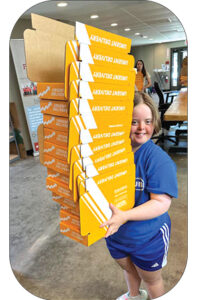 The Fulfillment House began in 2018 as a passion project for two local business owners as one of their sons with Down Syndrome was navigating the often-difficult transition to life after high school. They saw the potential to take an existing business need and transform it into an enriching employment opportunity for adults with special needs.
The Fulfillment House began in 2018 as a passion project for two local business owners as one of their sons with Down Syndrome was navigating the often-difficult transition to life after high school. They saw the potential to take an existing business need and transform it into an enriching employment opportunity for adults with special needs.